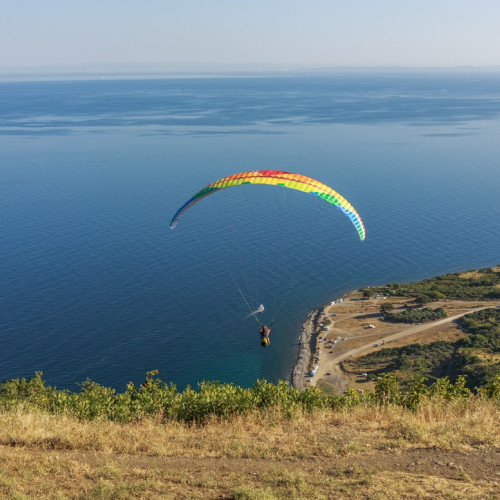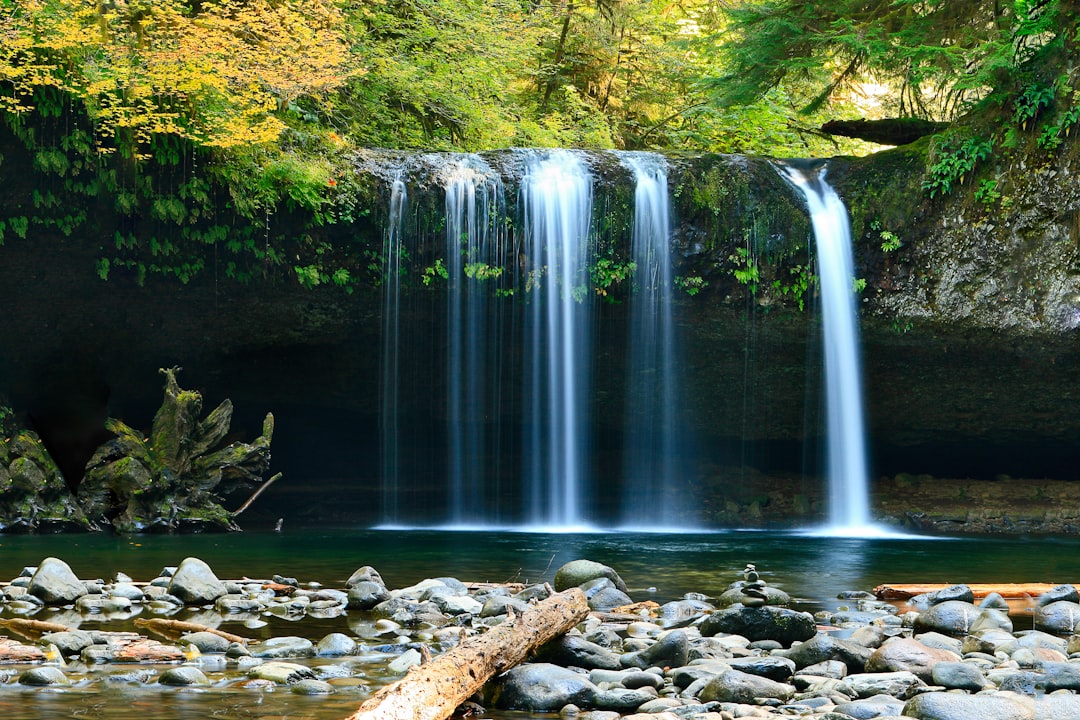
The Rise of Adventure Travel: Exploring Why It Captivates So Many
# Introduction. Adventure travel has soared in popularity in recent years, attracting individuals looking for experiences beyond standard tourist attractions. This type of travel encompasses a broad range of activities, from hiking and rock climbing to cycling and deep-sea diving. People worldwide are increasingly enticed by the idea of venturing off the beaten path and experiencing the thrill of discovery, thereby fostering a growing culture around adventure travel that deserves exploration. # Evolving Travel Preferences. As global culture continues to evolve, so do our travel preferences. Today, many individuals seek more immersive experiences that allow them to break free from their everyday routines. Adventure travel aligns perfectly with this shift, bringing the excitement of the unknown to the forefront. It taps into the wanderlust of explorers seeking to connect with nature, culture, and other like-minded individuals. Additionally, adventure travel promotes a newfound appreciation for travel. Unlike traditional travel experiences that might offer passive sightseeing, adventure travel demands active participation, whether mastering a new skill or overcoming a physical challenge. This hands-on approach leads to a more profound sense of accomplishment and connection to the experiences, which resonates with travelers seeking meaningful escapades. # The Thrill of Shared Experiences. Adventure travel also thrives on the social aspects it cultivates among adventure seekers. As people embark on these journeys, they often form bonds with fellow travelers during challenging activities, creating lasting memories and friendships. The shared thrill of trekking through rugged landscapes or indulging in adrenaline-pumping sports together transforms these trips into communal experiences rather than solitary vacations. This connectivity can immensely enrich the adventure experience, allowing travelers not just to explore a new destination but to forge emotional connections with others. Social media plays a major role in this evolution by enabling travelers to share their adventures in real time, thereby inspiring others to create their own journeys. The sense of camaraderie and the thrill of adventure combined often encourage more people to dive into this exhilarating realm. # Personalized Experiences and Niche Markets. As the demand for adventure travel continues to grow, tour companies and service providers are increasingly catering to niche markets and personalized experiences. Travelers can now choose from various specialized adventure options, from eco-tours to culinary expeditions, and tailor their journeys to their interests and skill levels. This personalization is appealing as it enables individuals to engage in activities that are truly meaningful to them. Instead of settling for generic packages that might not pique their interests, people can embark on journeys designed around their passions—be it surfing in Bali or mountain climbing in the Andes. This evolution highlights our growing desire for and focus on personal fulfillment in travel, fostering a burgeoning industry that meets these expectations. # Fostering a Deeper Connection to Nature. Adventure travel also nurtures a stronger connection to nature, raising awareness of environmental issues and promoting sustainable travel practices. When travelers embark on hiking, canoeing, or wildlife-focused adventures, they become more attuned to their surroundings, developing a newfound appreciation for the landscapes and ecosystems they traverse. Such experiences can evoke a sense of stewardship and responsibility toward conserving these natural environments. Many adventure travelers advocate for eco-friendly practices and opt for companies emphasizing sustainability, thereby reshaping the future of travel in a positive direction. By fostering this deep connection and awareness, adventure travel often motivates individuals to become more vocal advocates for environmental preservation and change. # The Impact of Technology and Social Media. In an age dominated by technology, social media has become instrumental in spurring the growth of adventure travel. Platforms like Instagram and YouTube allow travelers to showcase their experiences, inspiring others to participate in adventure activities and embark on their exciting journeys. The visual appeal of daredevil stunts, breathtaking landscapes, and unique cultural experiences motivates people to step outside their comfort zones and explore something new. These platforms create a global community of adventure seekers, where ideas and inspirations are shared, leading to a heightened interest in the adventure travel sector. Additionally, technological advances in gear and safety measures have made many adventure activities more accessible, confidently encouraging those who may have previously hesitated to participate. # Conclusion. The popularity of adventure travel is driven by a confluence of evolving preferences, social connections, individualization, environmental consciousness, and the influence of technology. As people seek immersive, meaningful experiences, the trend is likely to continue thriving. The allure of adventure travel not only satiates wanderlust but also empowers individuals with personal growth and foster connections with the planet and each other. As we move forward, one can anticipate the adventure travel landscape to evolve, continually adapting to meet our adventurous spirits and holistic needs. .








